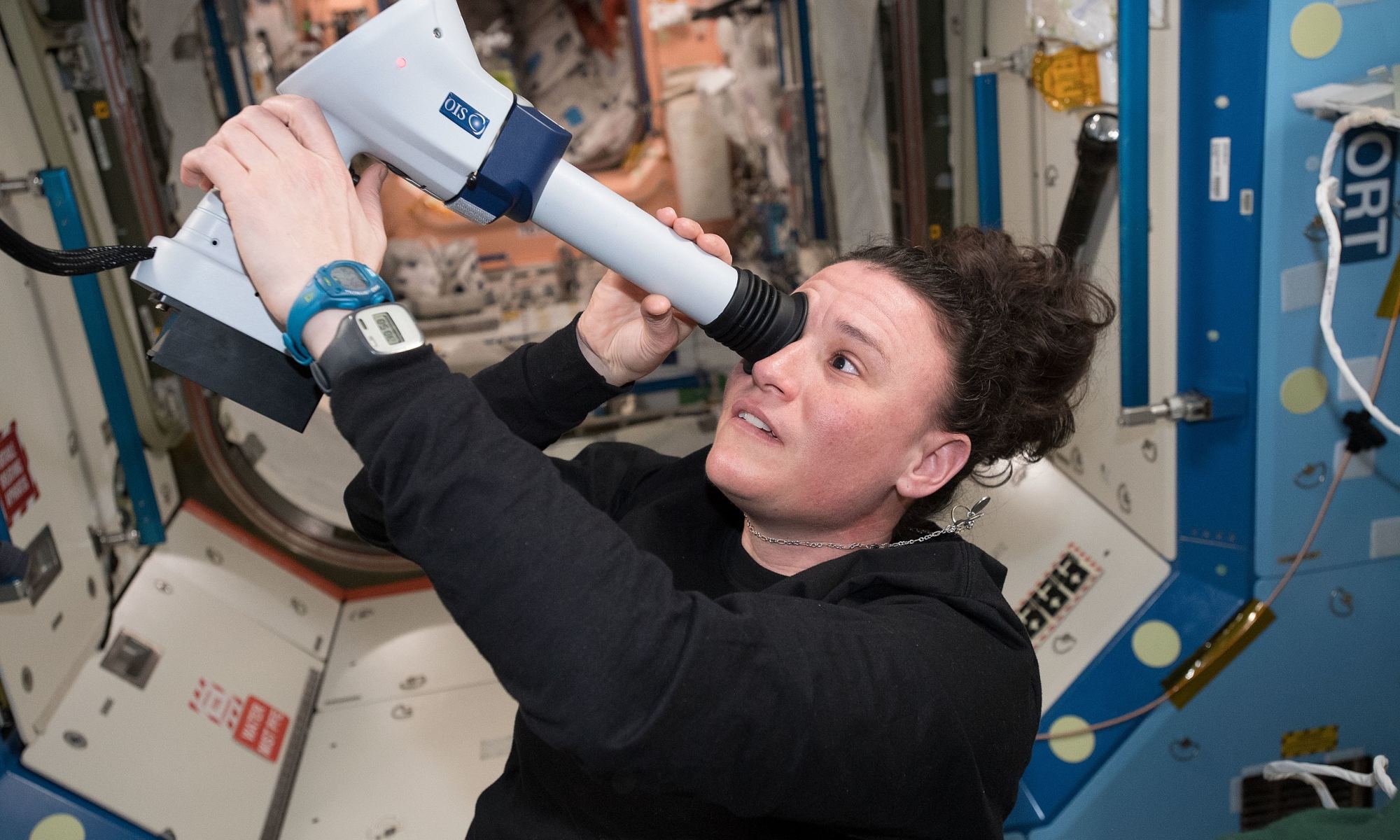NASA’s spacesuits are getting old. The extra-vehicular mobility units – EMUs for short – were designed and built for spacewalks outside NASA’s space shuttles, which flew for the last time in 2011. Nowadays, the EMUs are an integral part of maintaining and upgrading the International Space Station (ISS) exterior, providing the crew with the ability to live and work in the vacuum of space for extended periods of time (spacewalks regularly last from 6 to 8 hours). However, at the end of the most recent spacewalk on March 23, NASA astronaut Kayla Barron discovered water in the helmet of German astronaut Matthias Maurer while she helped him remove the suit.
Continue reading “Spacesuits are Leaking Water and NASA is Holding off any Spacewalks Until They can Solve the Problem”The Lunar Eclipse, Seen From the International Space Station
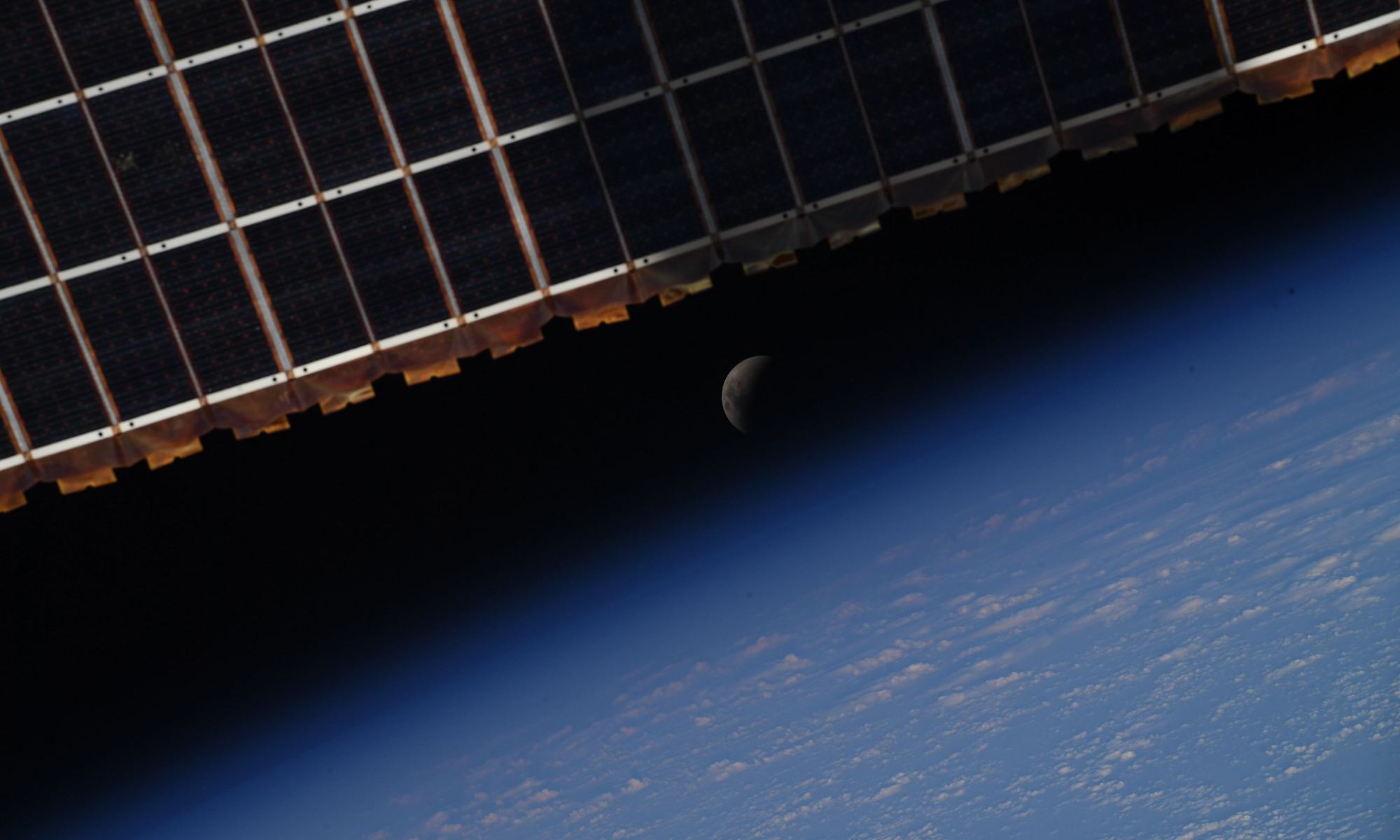
If you were able to witness the lunar eclipse on May 15-16, 2022, the view of the dark red Moon was stunning. But what would such an eclipse look like from space?
Wonder no longer. ESA/Italian astronaut Samantha Cristoforetti captured a series of photos of the lunar eclipse from her unique vantage point aboard the International Space Station (ISS).
Continue reading “The Lunar Eclipse, Seen From the International Space Station”Astronaut Jessica Watkins Floats Above the Earth in the Space Station’s Cupola
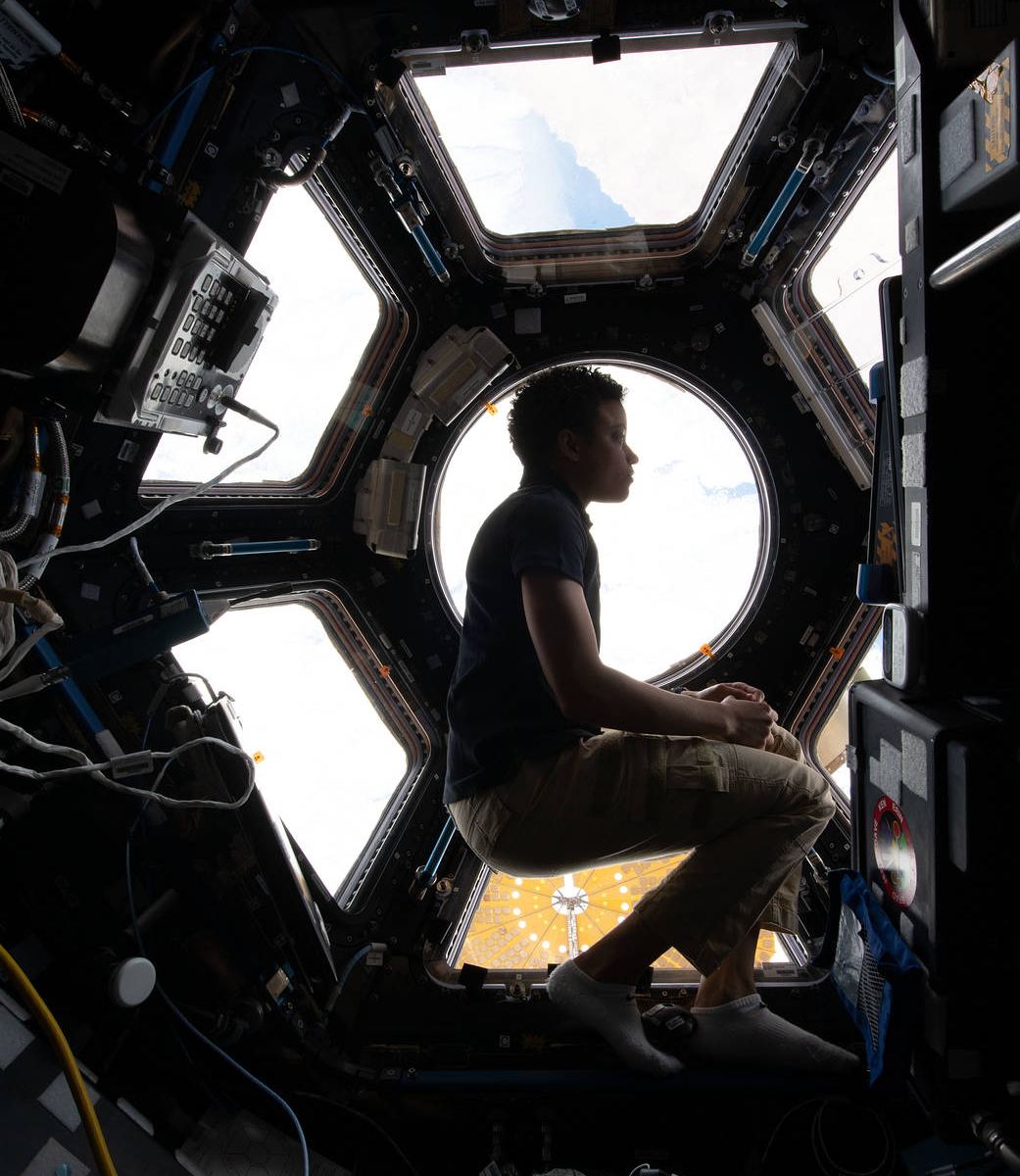
NASA astronaut Jessica Watkins is seen here floating above Earth in the International Space Station’s cupola, which provides a spectacular viewing spot for those who live and work on the space station.
Continue reading “Astronaut Jessica Watkins Floats Above the Earth in the Space Station’s Cupola”Crew-4 is off to the Station
Name someone who at some point in their life didn’t want to be an astronaut. The answer is no one. Ask any kid what they want to be when they grow up and they all say an astronaut. Being an astronaut is the ultimate dream job for everyone of all ages. Why? Because you get to go to space, and there’s nothing cooler than going into space. For context, even if you’re not a sports fan you have watched the Super Bowl at least once in your life. It is one of the most watched and most lauded sports championship games in the entire world, and yet despite all its media attention and halftime shows and all-time great finishes, the Super Bowl still holds a candle to being able to go to space. Eat your heart out, Tom Brady. Going into space is just awesome, and there’s nothing like it.
Continue reading “Crew-4 is off to the Station”Axiom’s First Astronauts Return From International Space Station
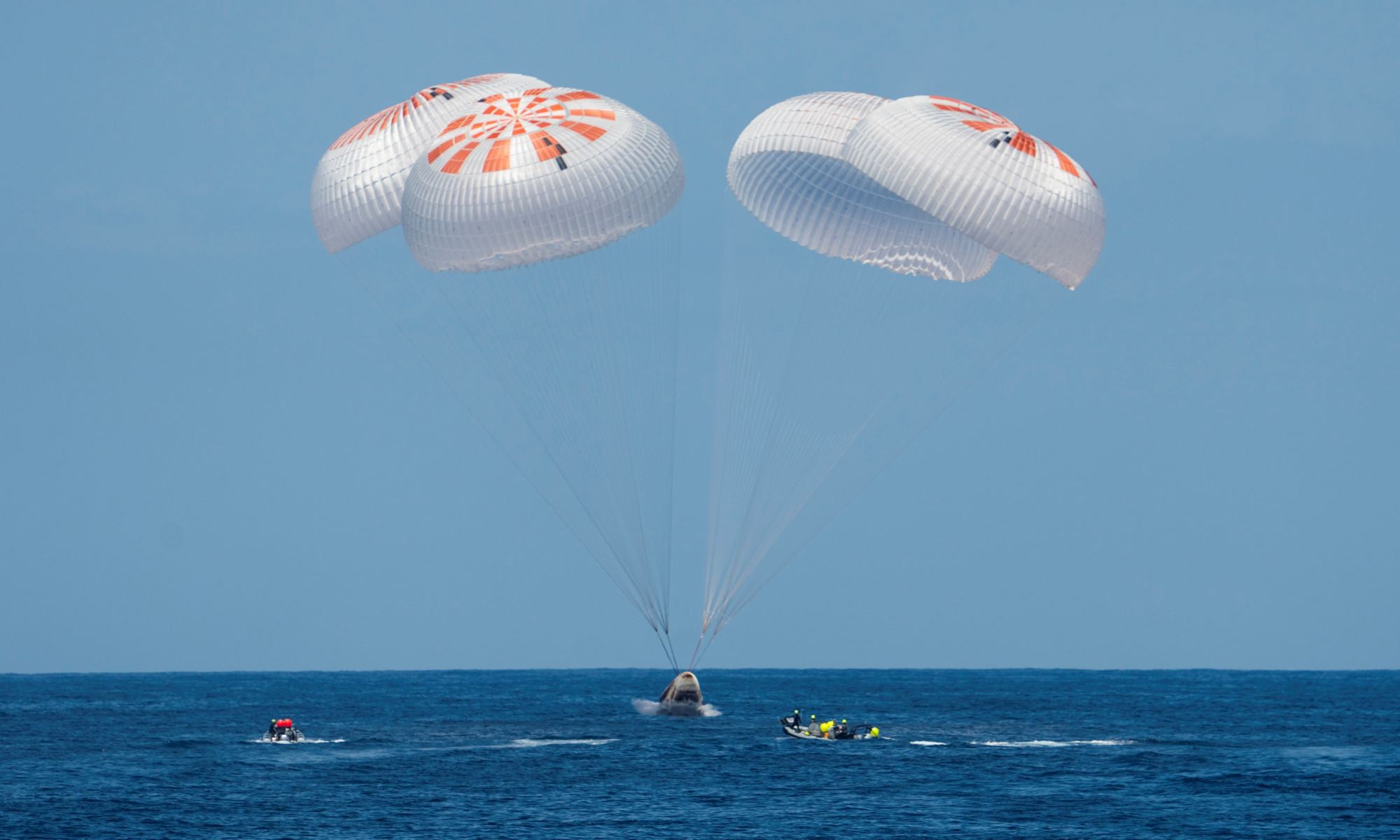
Axiom Space’s first crew of private astronauts is back on Earth after a 17-day orbital trip that included a week of bonus time on the International Space Station. The mission ended at 1:06 p.m. ET (5:06 p.m. GMT) today when SpaceX’s Crew Dragon Endeavour splashed down in the Atlantic Ocean off the coast of Florida.
Former NASA astronaut Michael Lopez-Alegria was the commander for the homeward trip, accompanied by three investors who each paid Axiom $55 million for their rides: Ohio real-estate and tech entrepreneur Larry Connor, who served as the mission pilot, plus Canada’s Mark Pathy and Israel’s Eytan Stibbe.
“Welcome back to planet Earth,” SpaceX’s mission control operator Sarah Gillis told the crew. “The Axiom-1 mission marks the beginning of a new paradigm for human spaceflight. We hope you enjoyed the extra few days in space.”
Axiom-1 began on April 8 with the Florida launch of a SpaceX Falcon 9 rocket. The trip was originally supposed to last about 10 days, but concerns about weather in the splashdown zone delayed the descent. Because of the way their fares were structured, Axiom’s customers didn’t have to pay extra for the extension.
Continue reading “Axiom’s First Astronauts Return From International Space Station”Stunning Image of ISS Taken From the Ground Shows two Spacewalking Astronauts
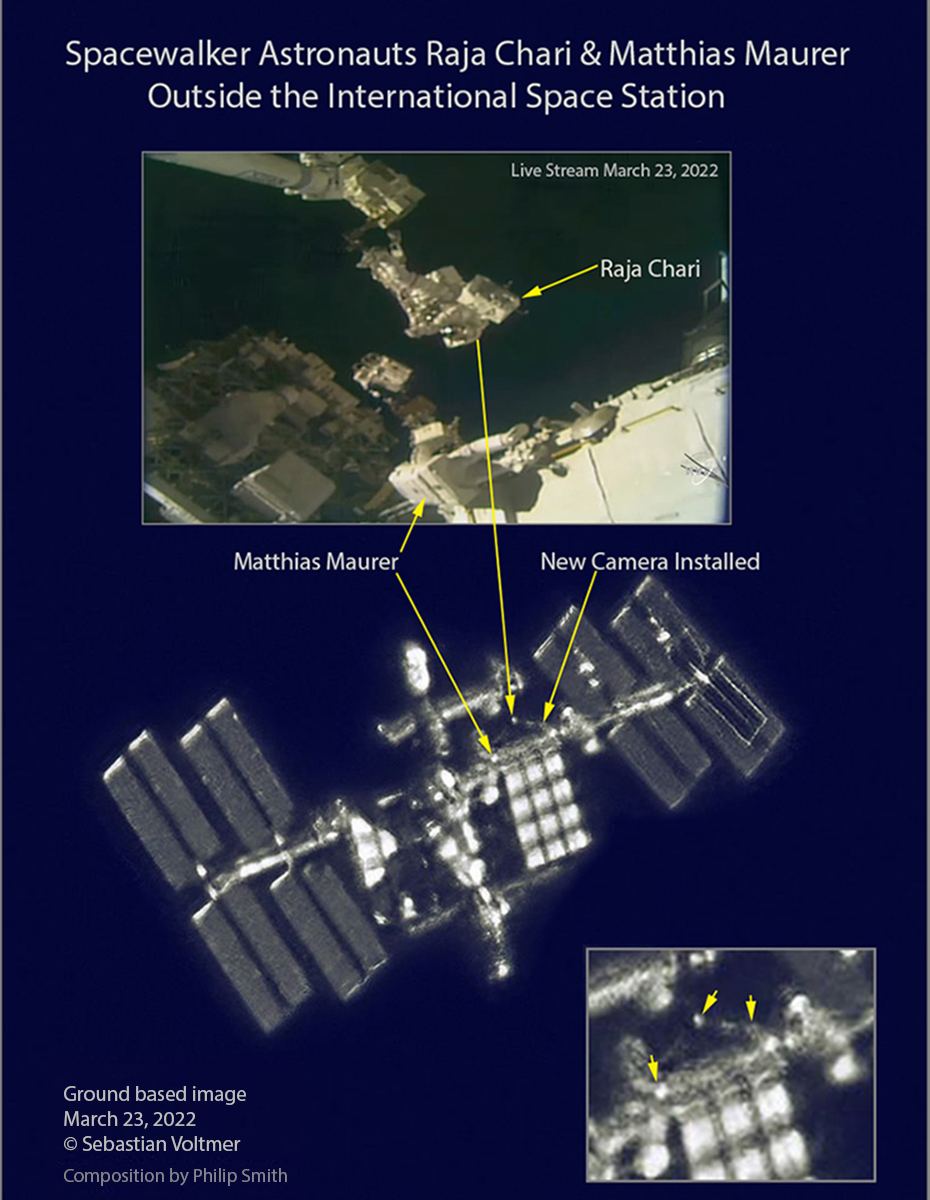
In our age, we’ve grown accustomed to pictures of astronauts inside the International Space Station, as they float in zero-G and tend their science experiments. We’re even getting used to images of spacewalking astronauts. But this is something new.
An image of two astronauts on a spacewalk, taken from the ground.
Continue reading “Stunning Image of ISS Taken From the Ground Shows two Spacewalking Astronauts”NASA Astronaut and Cosmonauts Land Safely Together in Kazakhstan
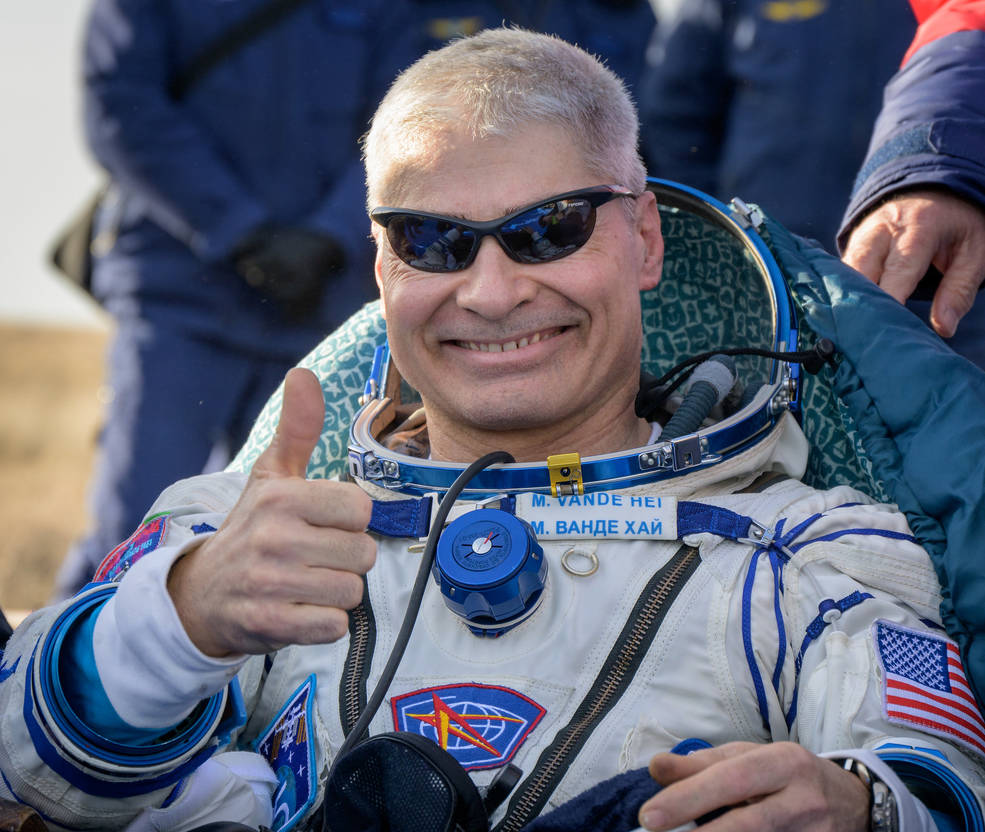
After much speculation and concern the past month whether Russia would allow a US astronaut to ride back to Earth in a Soyuz spacecraft, Mark Vande Hei and two cosmonauts landed safely in Kazakhstan on March 30.
Mostly lost amid the political tensions due to Russia’s invasion of Ukraine, Vande Hei quietly set a record for the longest single spaceflight by an American, at 355 days. Vande Hei eclipsed astronaut Scott Kelly’s seemingly more heralded long-duration mission on the International Space Station in 2015, when he and Cosmonaut Mikhail Kornienko spent 340 days in space. Cosmonaut Pyotr Dubrov also spent 355 days on his first spaceflight, along with Vande Hei.
Continue reading “NASA Astronaut and Cosmonauts Land Safely Together in Kazakhstan”Europe’s ExoMars Rover Will Likely Miss This Year’s Launch Window Because of Russia’s Invasion of Ukraine
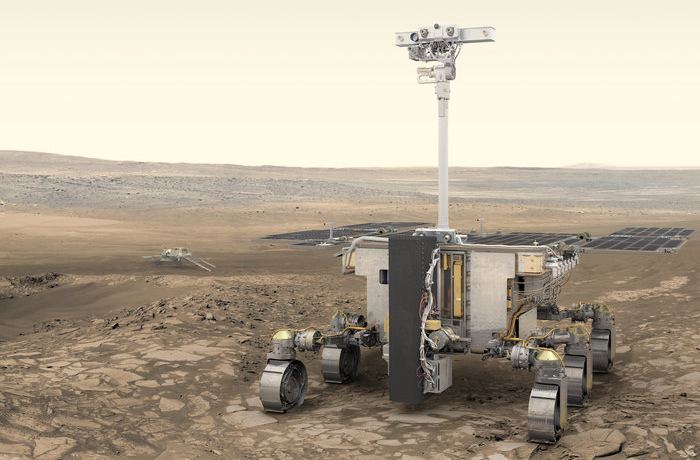
As countries around the world respond to Russia’s invasion of Ukraine with sanctions aimed at crippling Moscow and Vladimir Putin, the global cooperation in space exploration that has been forged over the past 30-plus years will certainly be impacted.
Continue reading “Europe’s ExoMars Rover Will Likely Miss This Year’s Launch Window Because of Russia’s Invasion of Ukraine”NASA Details Its Plan for the End of the International Space Station in 2031
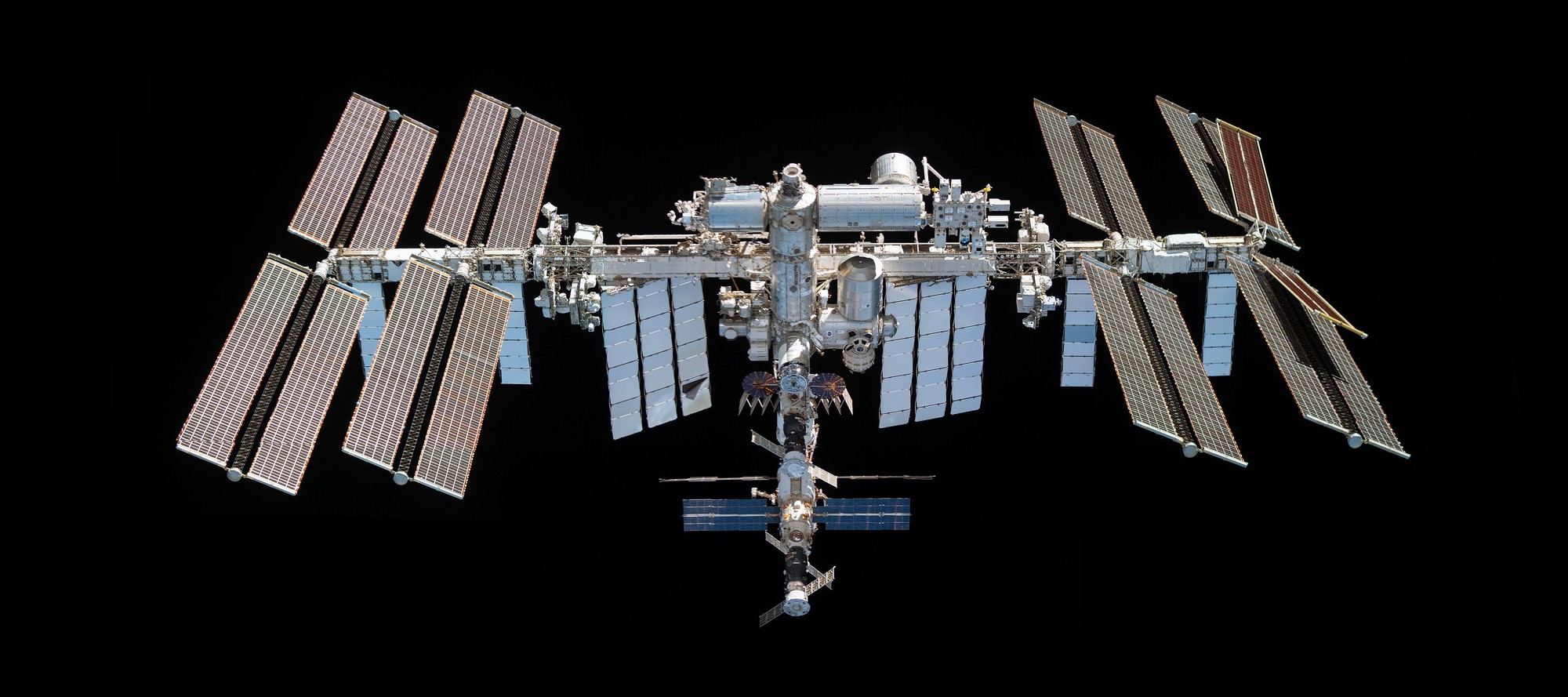
NASA says it plans to plunge the vestiges of the International Space Station into a remote part of the Pacific Ocean known as Point Nemo in early 2031, after passing the baton to commercial space stations.
In an updated transition report just delivered to Congress, the space agency detailed the endgame for the space station, which has been hosting international crews continuously since the year 2000 — and hinted at what its astronauts would be doing in low Earth orbit after its fiery destruction.
“The private sector is technically and financially capable of developing and operating commercial low-Earth-orbit destinations, with NASA’s assistance,” Phil McAlister, NASA’s director of commercial space, said in a news release. “We look forward to sharing our lessons learned and operations experience with the private sector to help them develop safe, reliable, and cost-effective destinations in space.”
Continue reading “NASA Details Its Plan for the End of the International Space Station in 2031”Now we Know why Spaceflight Affects Your Eyes
70% of astronauts who spend time on the International Space Station (ISS) experience swelling at the back of their eyes, causing blurriness and impaired eyesight both in space and when they return to Earth. Sometimes, it’s permanent. Understanding the way microgravity affects the eyes, and the human body as a whole is an essential part of preparations for future long-duration spaceflights to the Moon and Mars. In an effort to understand the cause of these eye problems, researchers at the Medical University of South Carolina used MRI scans of twelve ISS astronauts to measure the intracranial venous system (veins that circulate blood to the brain) before and after flight. They’ve determined that there is a strong connection between the swelling of these veins and the onset of eye trouble.
Continue reading “Now we Know why Spaceflight Affects Your Eyes”


